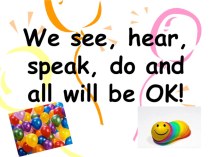- Главная
- Разное
- Бизнес и предпринимательство
- Образование
- Развлечения
- Государство
- Спорт
- Графика
- Культурология
- Еда и кулинария
- Лингвистика
- Религиоведение
- Черчение
- Физкультура
- ИЗО
- Психология
- Социология
- Английский язык
- Астрономия
- Алгебра
- Биология
- География
- Геометрия
- Детские презентации
- Информатика
- История
- Литература
- Маркетинг
- Математика
- Медицина
- Менеджмент
- Музыка
- МХК
- Немецкий язык
- ОБЖ
- Обществознание
- Окружающий мир
- Педагогика
- Русский язык
- Технология
- Физика
- Философия
- Химия
- Шаблоны, картинки для презентаций
- Экология
- Экономика
- Юриспруденция
Что такое findslide.org?
FindSlide.org - это сайт презентаций, докладов, шаблонов в формате PowerPoint.
Обратная связь
Email: Нажмите что бы посмотреть
Презентация на тему New York
Содержание
- 2. New York Located on the North Eastern side of the United States.
- 3. In this presentation I plan to inform
- 4. Population:As of 2006, New York was
- 5. New York State is a leading destination
- 6. Racial, Religion and Ancestral Makeup The major
- 7. The largest city in the state and
- 8. 2007 Crime Rate for New York
- 9. how New York compares to the national
- 10. INSTITUTIONAL CORRECTIONS
- 11. Incarceration population and costs: 2004 Corrections Population
- 12. New York Jails: A Jail is
- 13. Double Cell:
- 14. Single Cell:
- 15. Minimum security prison confinements [open bays]
- 16. Picture procedure for booking offenders into jail confinement
- 17. New York State Prisons: The New
- 18. Outside the prison fence:
- 19. Prison Hallway with cells to the left:
- 20. The Departmental Mission
- 21. Create and maintain an atmosphere where both
- 22. Operate with ethical behavior. Recognize the value
- 23. Offer opportunities for inmates to improve
- 24. Programs in Correctional FacilitiesOverall Program Units:Correctional Industries
- 25. CLASSES OFFERED IN PROGRAM UNITS:
- 26. Treatment and Counseling Programs: Earned Eligibility/Merit Time/Presumptive
- 27. Substance Abuse Treatment Services: Alcohol and Substance
- 28. Substance Abuse Treatment Services: Mentally Ill/Chemically Addicted
- 29. Educational Programs: Academic Outreach (Cell Study) Adult
- 30. Vocational Educational Programs: Air Conditioning,
- 31. Ministerial, Family and Volunteer Services Children's Play
- 32. The “Prison Industry” Consists of the following
- 33. Transitional Services Programs Assist the offender while
- 34. New York Federal Prisons: Metropolitan Correctional
- 35. COMMUNITY BASED CORRECTIONS
- 36. New York’s Community Services in Profile: The
- 37. New York’s Community Services in Profile: There
- 38. To prevent crime and enforce the law:
- 39. Police Department Mission Priorities continued: To promote
- 40. The New York State Police Serving
- 41. Objectives of Community Based Corrections ProgramsIntegrating automated
- 42. Directory of Alternatives to Incarceration (ATI) Programs
- 43. Examples of Directory of Alternatives to Incarceration
- 44. Examples of Directory of Alternatives to Incarceration
- 45. Examples of Directory of Alternatives to Incarceration
- 46. Examples of Directory of Alternatives to Incarceration
- 47. Examples of Directory of Alternatives to Incarceration
- 48. According to the 2007 NYS Division of
- 49. probation
- 50. 2007 Probationers New York has a
- 51. The NYS Executive Department Division of Probation
- 52. parole
- 53. 2007 Parolees New York has a
- 54. New York state Parole division: In 1817,
- 55. New York state Parole division continued: A
- 56. Board of Parole The primary functions and
- 57. Board of ParoleMaking Release Determinations: The Board
- 58. Board of Parole continuedRevoking Parole: Under Executive
- 59. Victim Impact Unit The Division of Parole
- 60. Victim Impact Unit continued Victims can have
- 61. Operation IMPACT
- 62. Operation IMPACT Operation IMPACT – an initiative
- 63. Operation Impact continuedIn addition to Division of
- 64. Juvenile Delinquency in Community Corrections
- 65. Juvenile Delinquency in community correctionsAmong the violence-related
- 66. Juvenile Delinquency in community corrections continuedGoalReduce violent
- 67. Juvenile Delinquency in community corrections continuedOverview of
- 68. Youth Violence Reduction Strategy NYS Office of
- 69. Juvenile Delinquency in community corrections continuedStrategy goals:
- 70. Juvenile Delinquency in community corrections continuedPerformance Indicators:Participating
- 72. Скачать презентацию
- 73. Похожие презентации


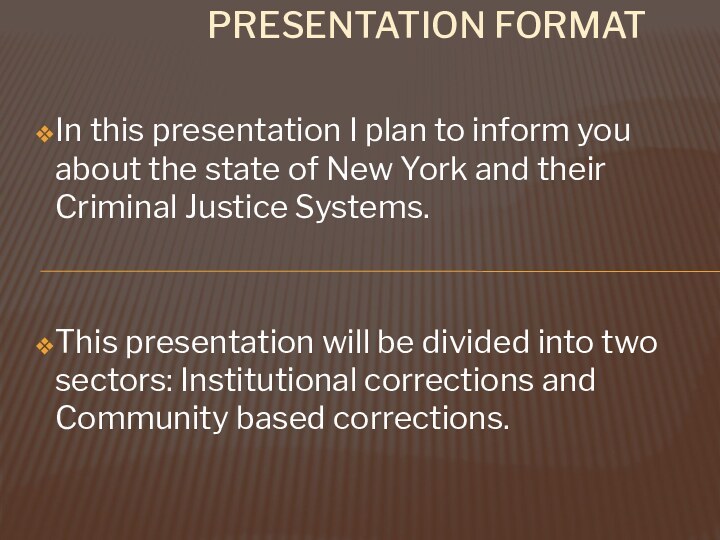

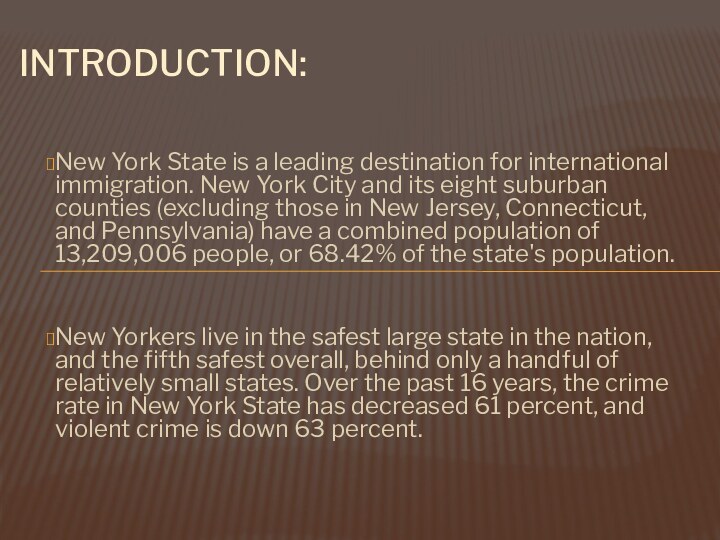
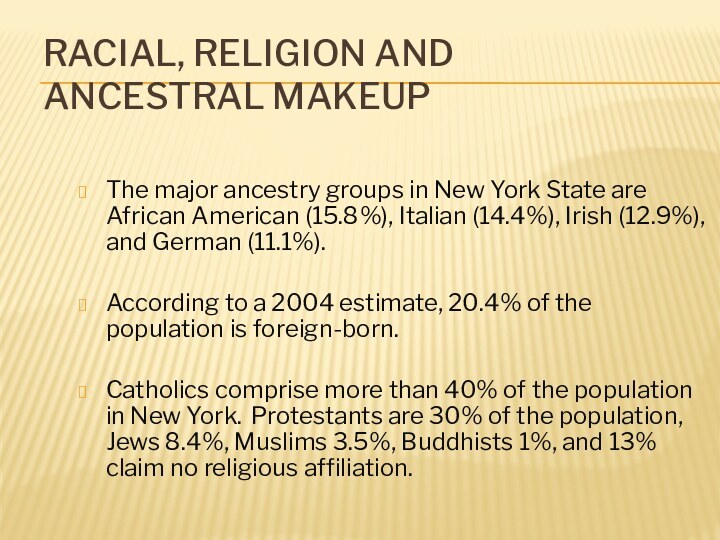

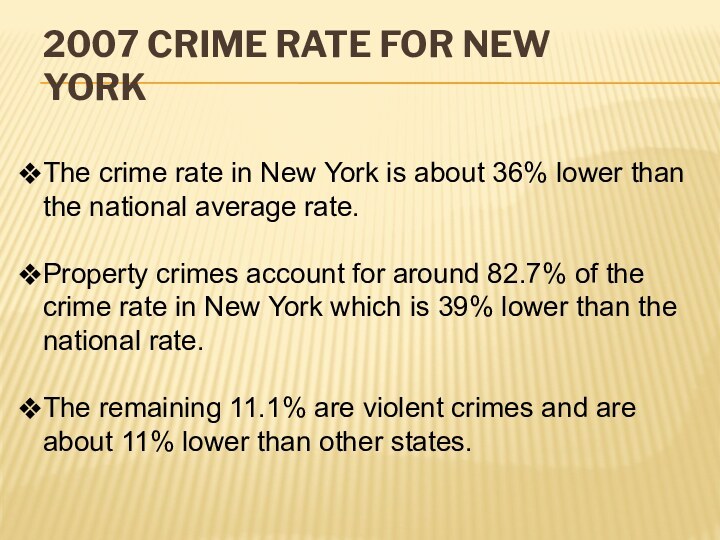
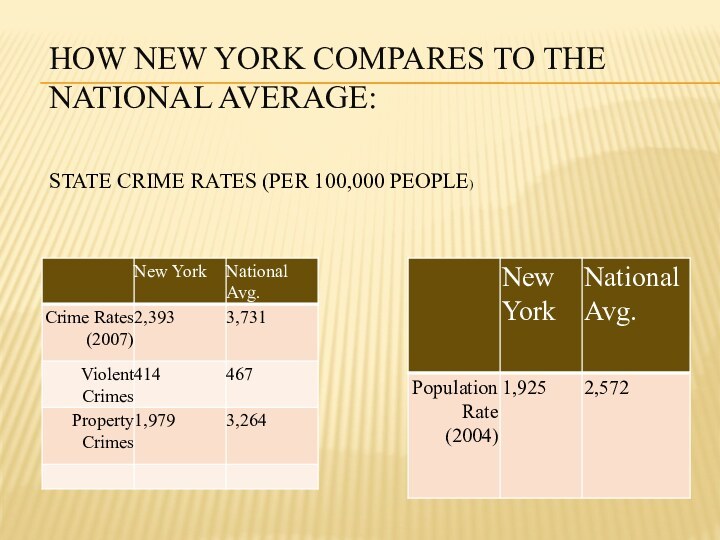
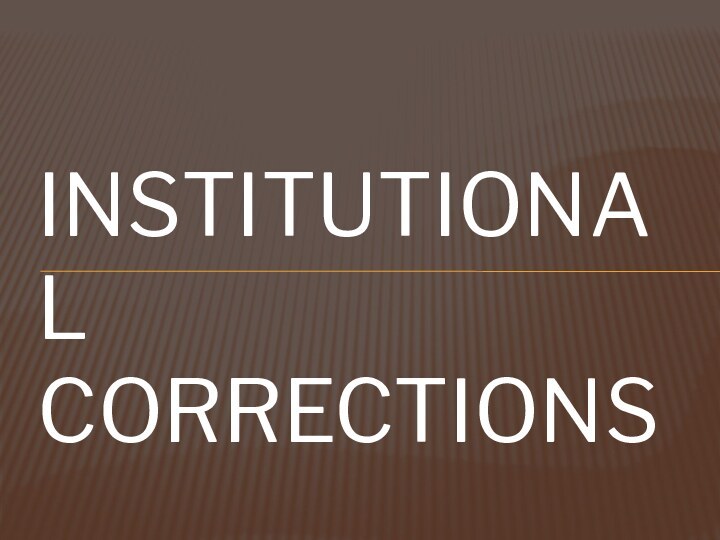

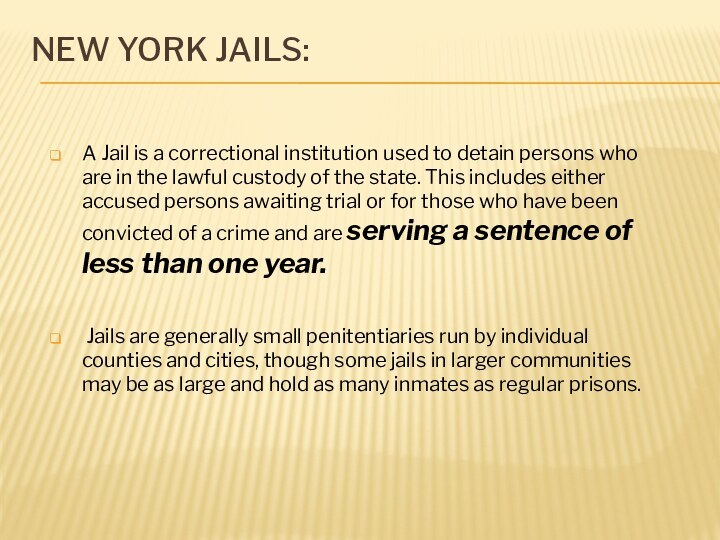
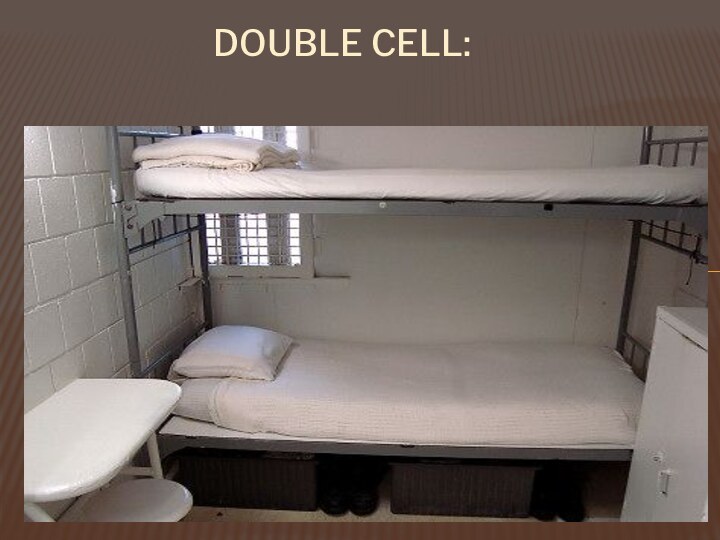
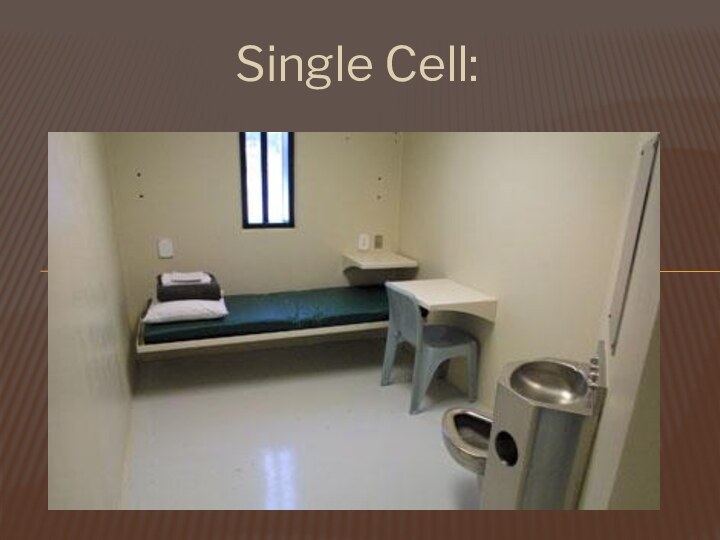
![New York Minimum security prison confinements [open bays]](/img/tmb/14/1332414/4d8e3ec43bc5fab3a064cbf35ee5369a-720x.jpg)
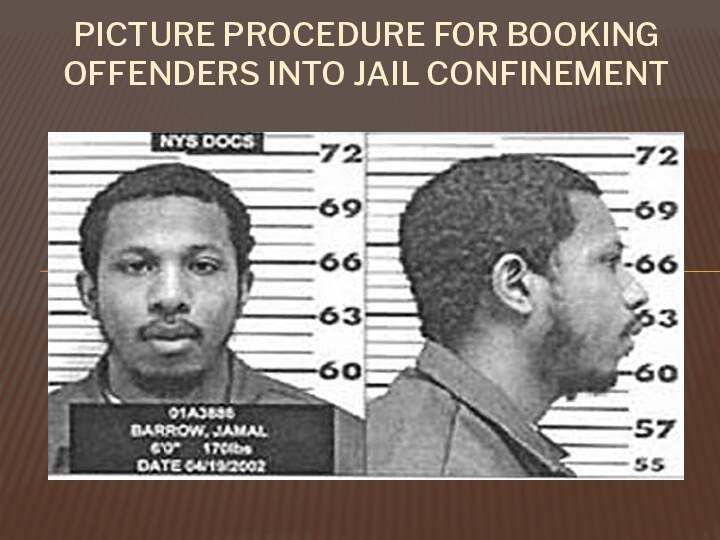
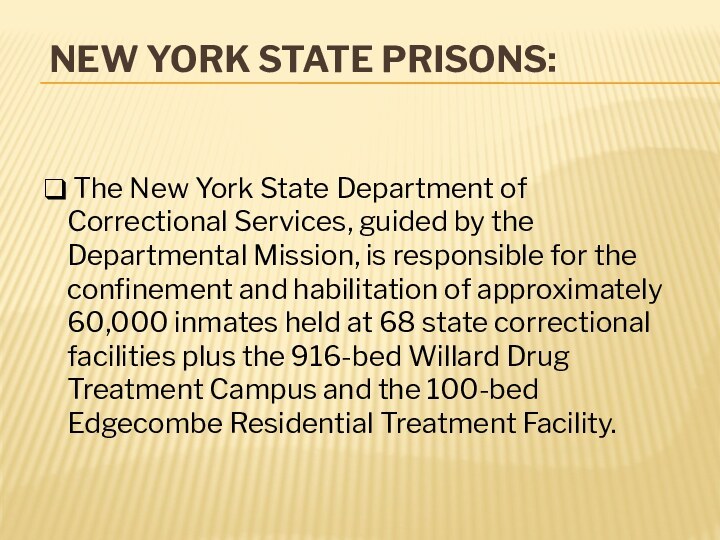

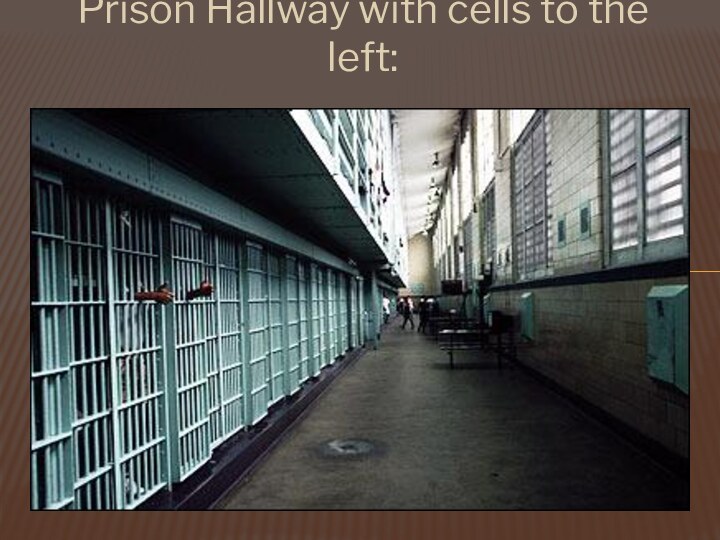
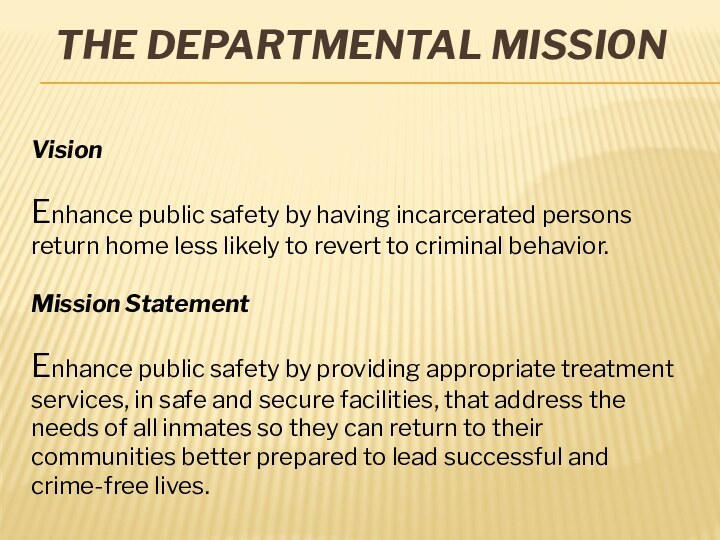
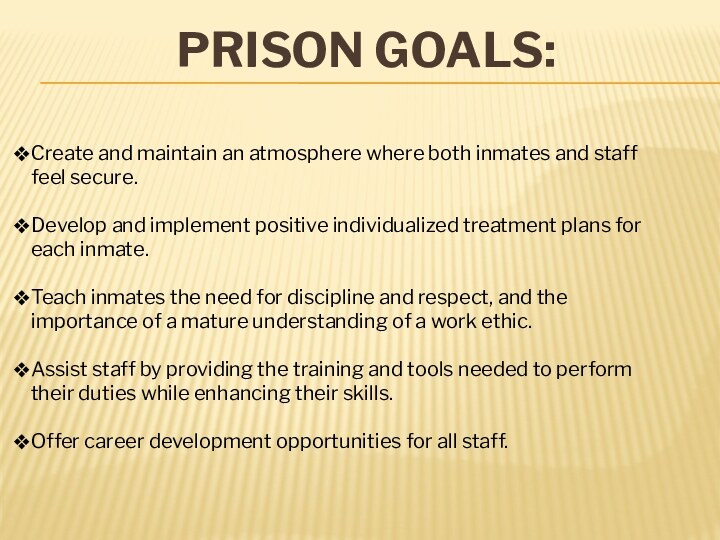
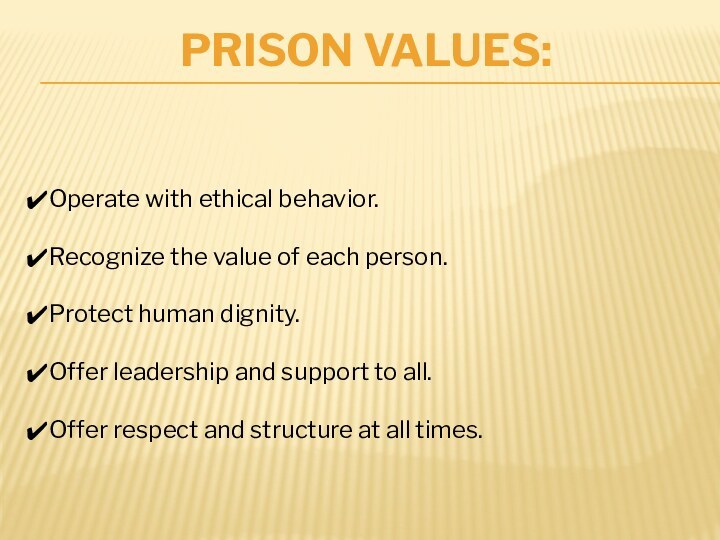
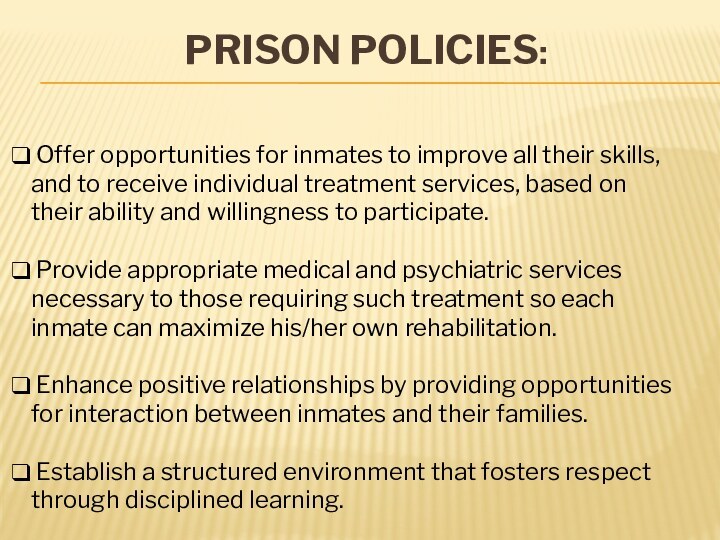
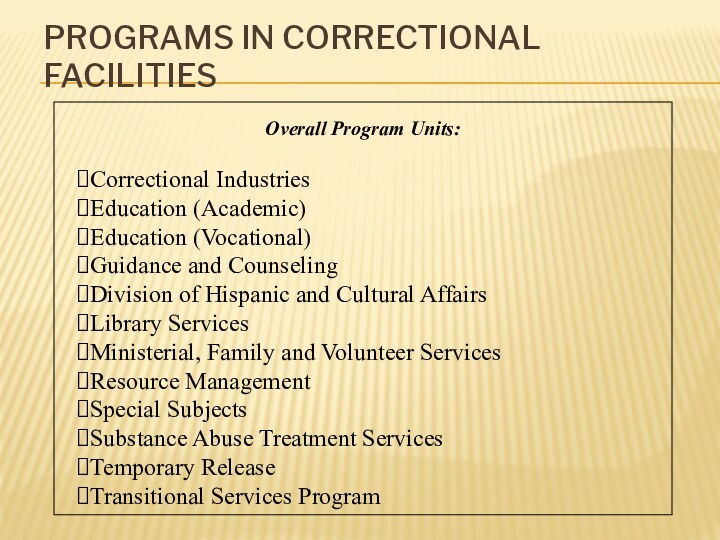
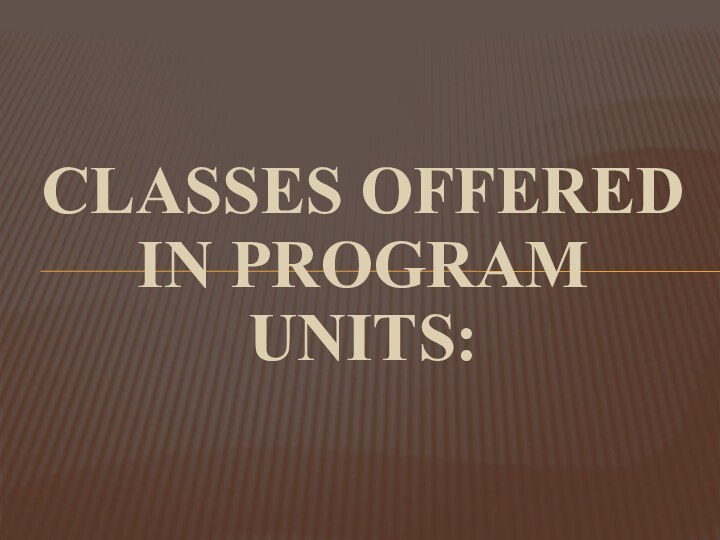
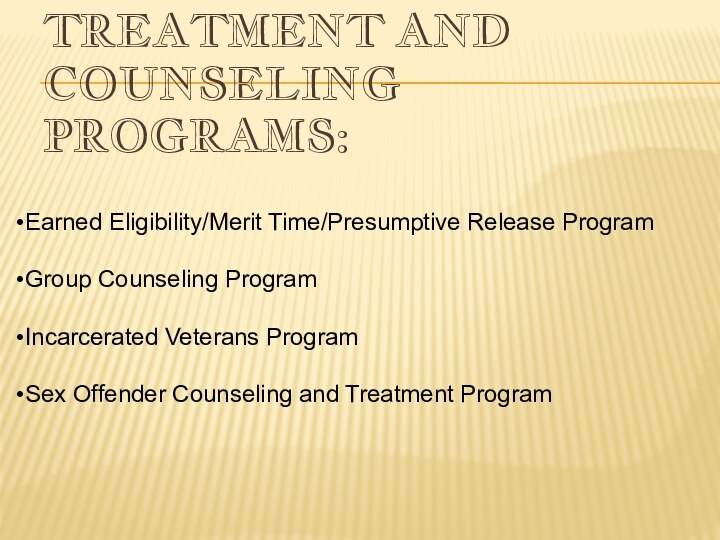
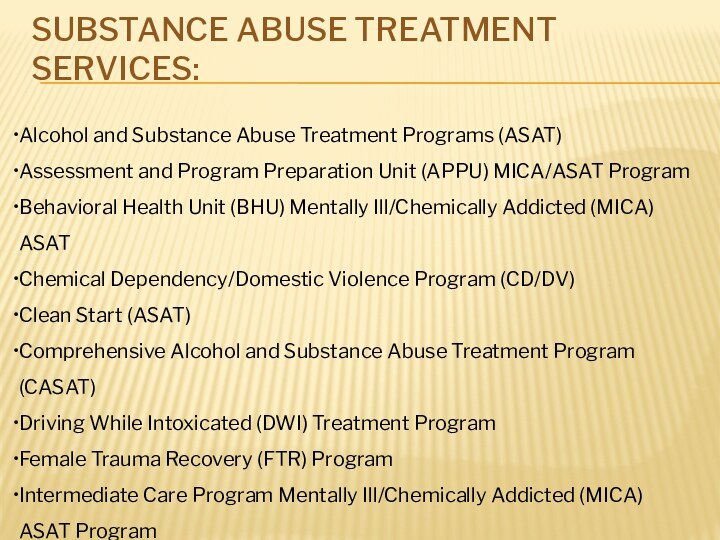
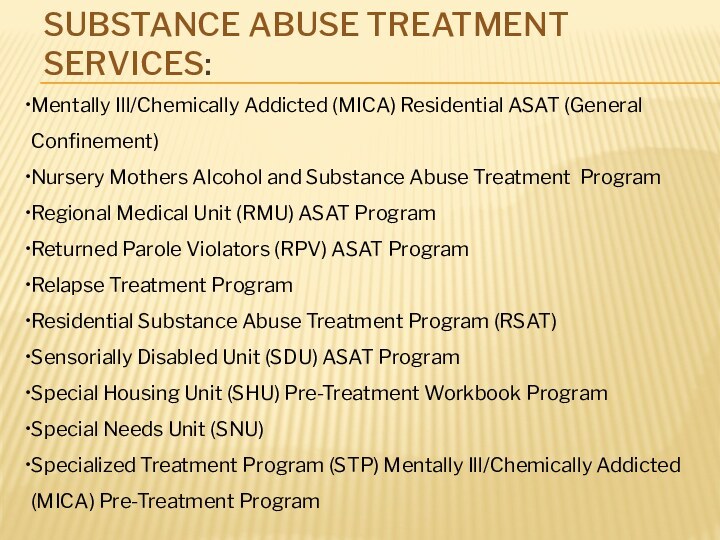
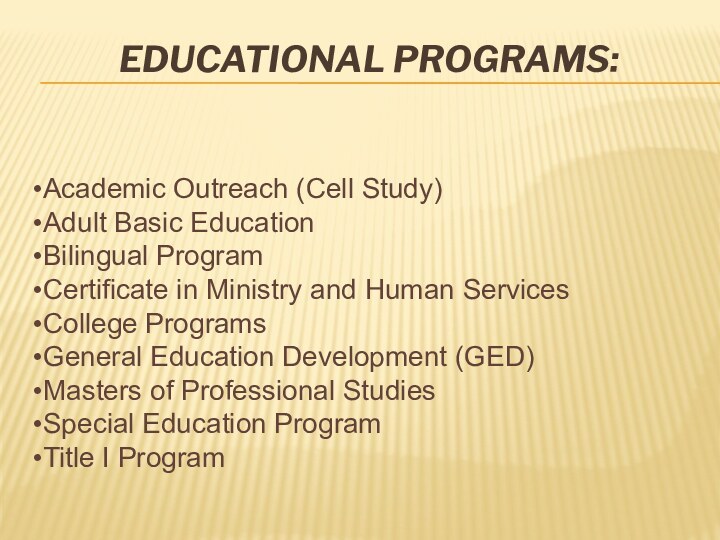
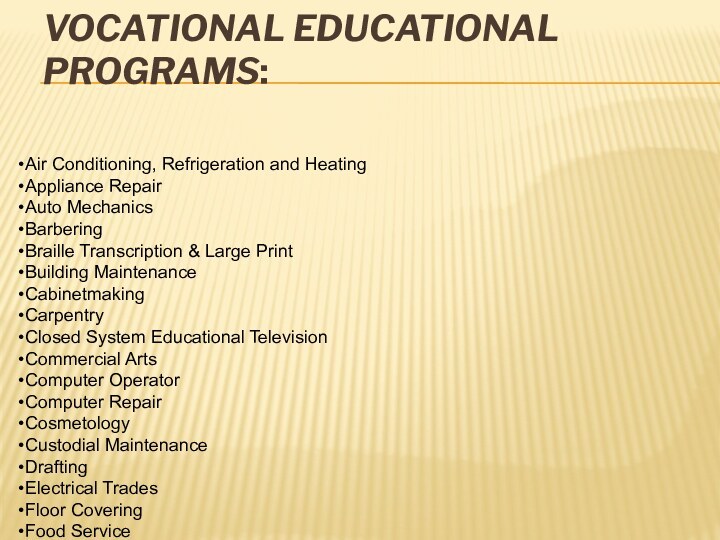
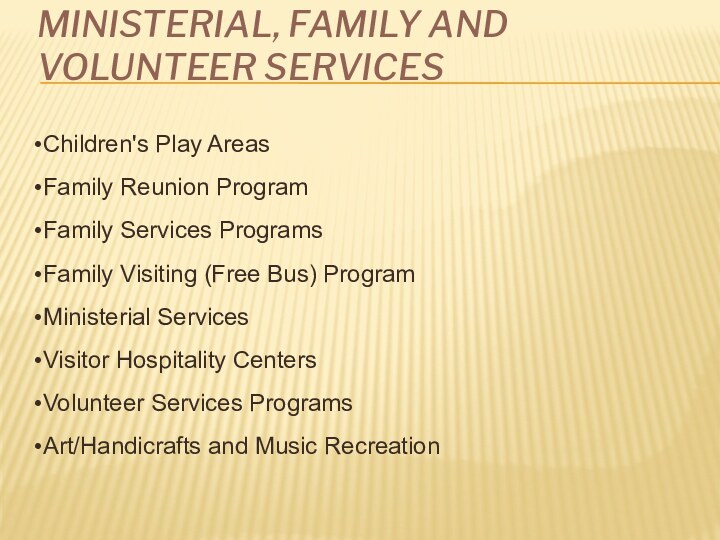
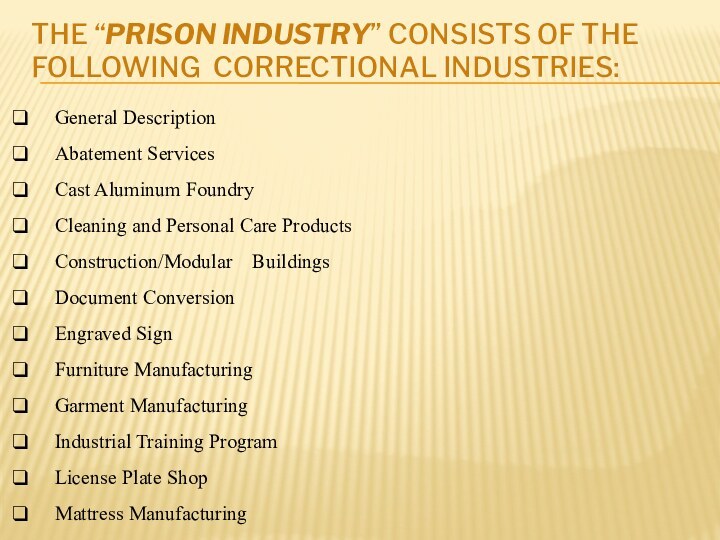
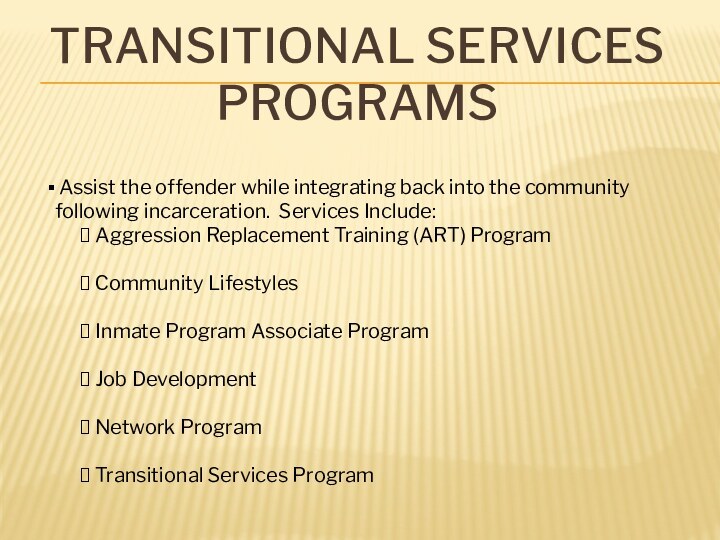
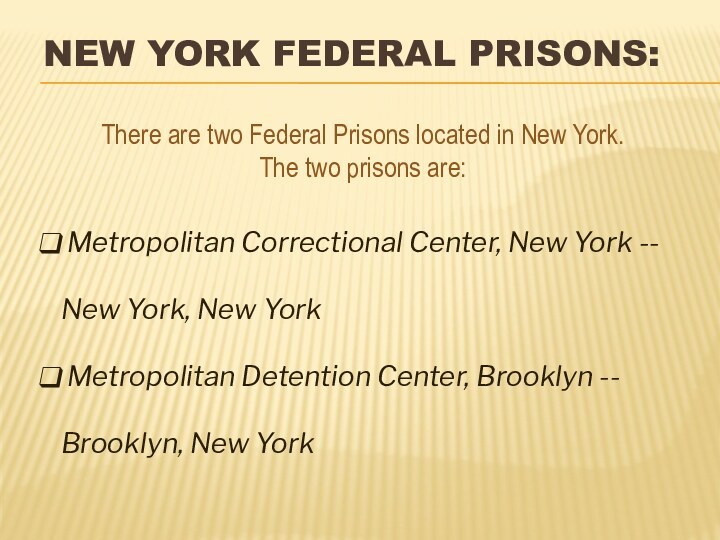
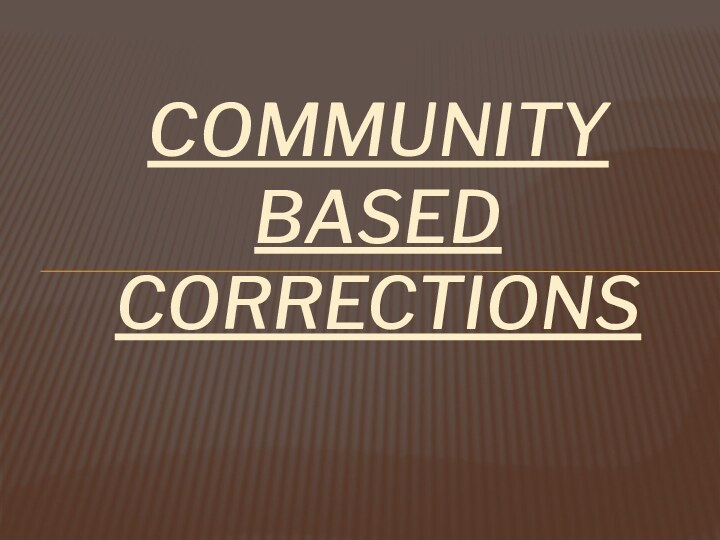
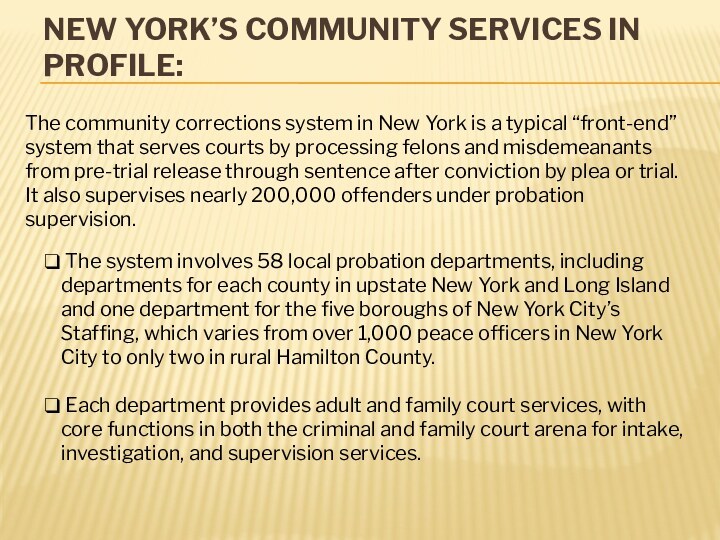
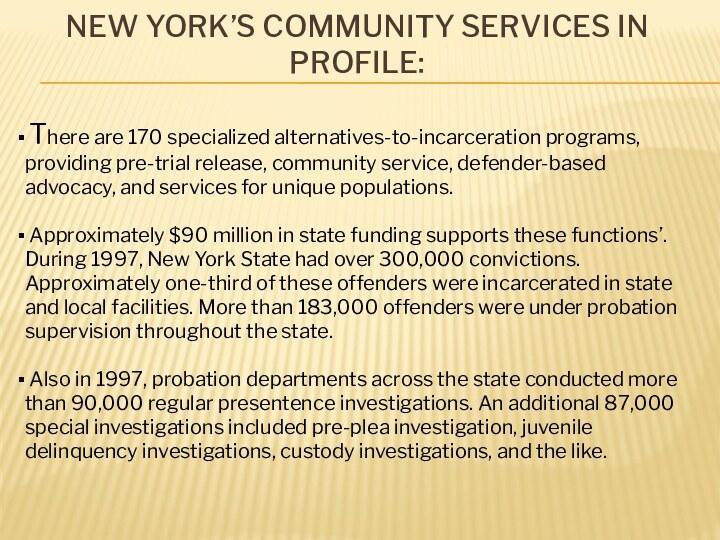


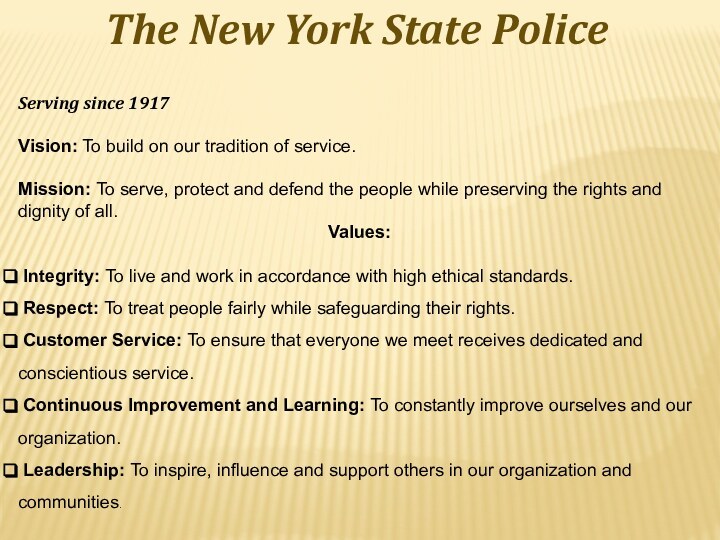


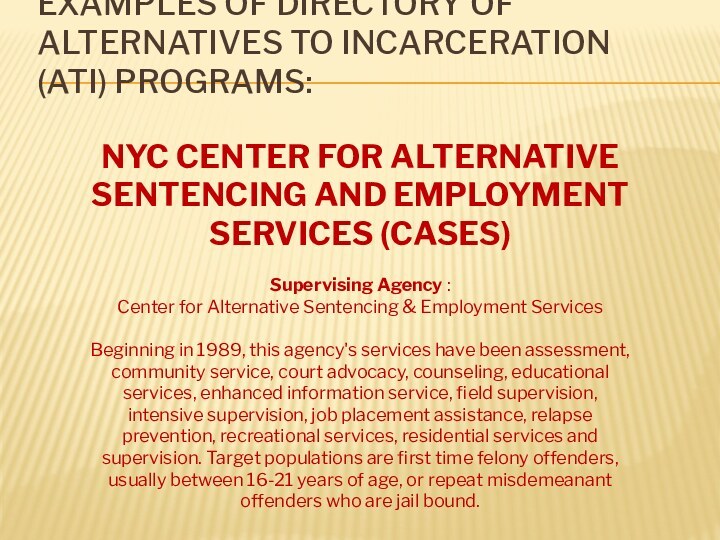

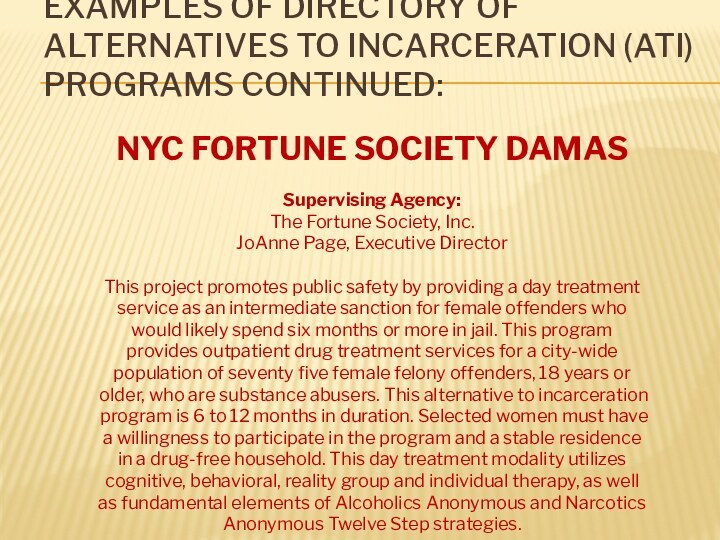
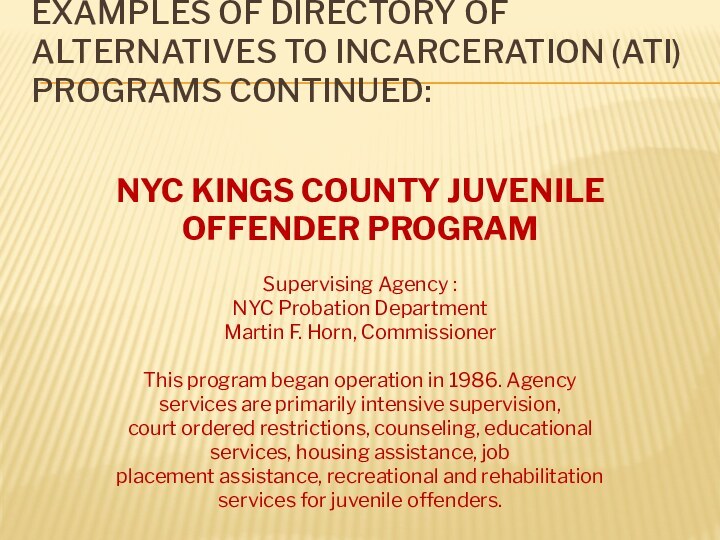
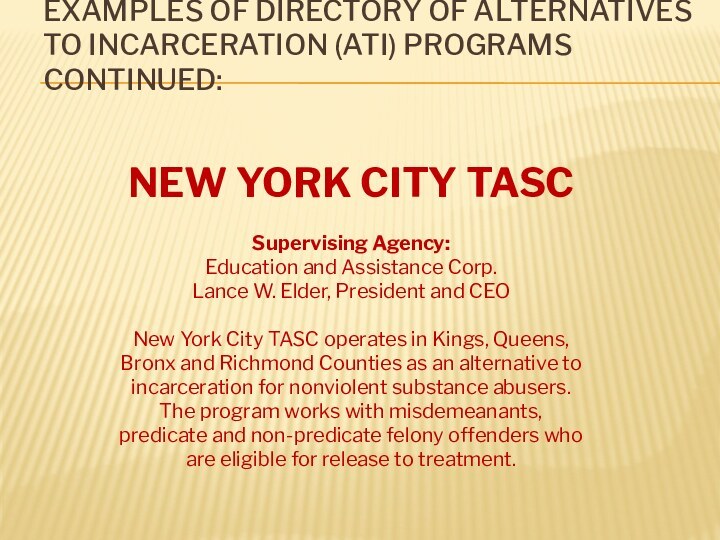
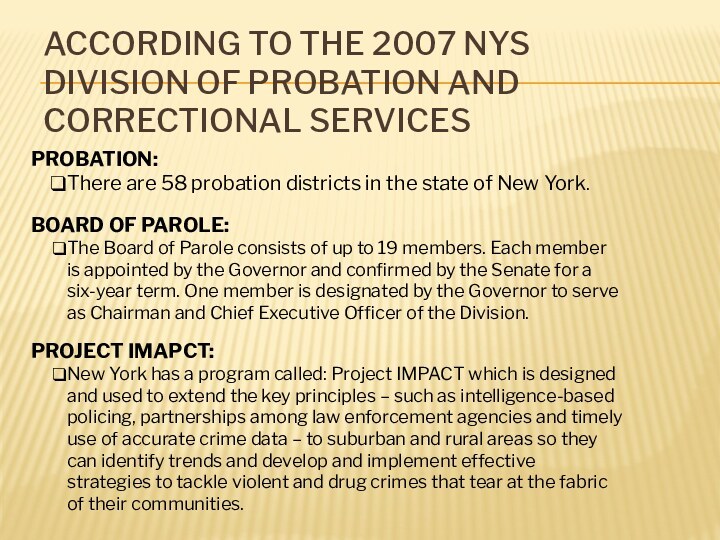
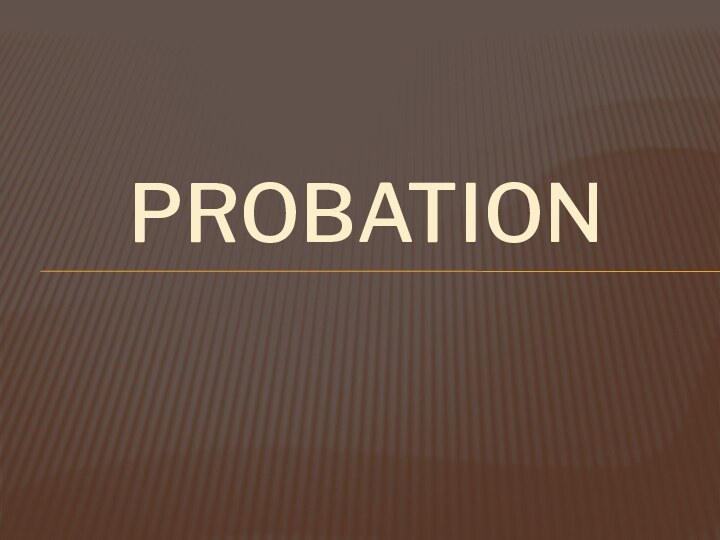
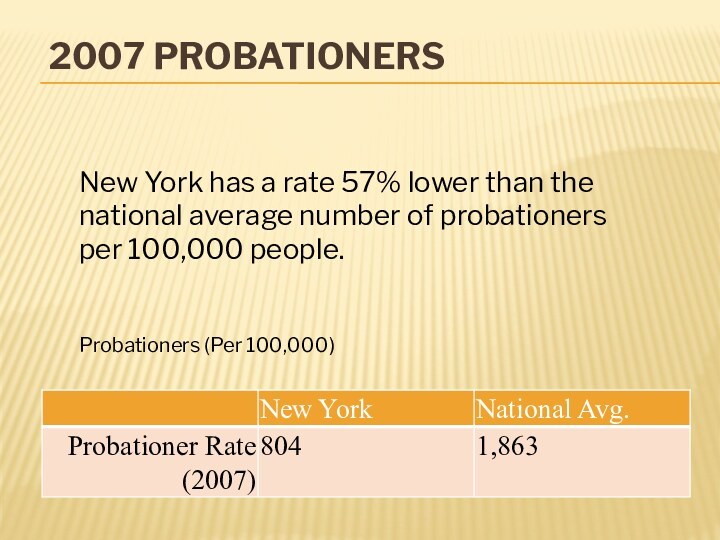
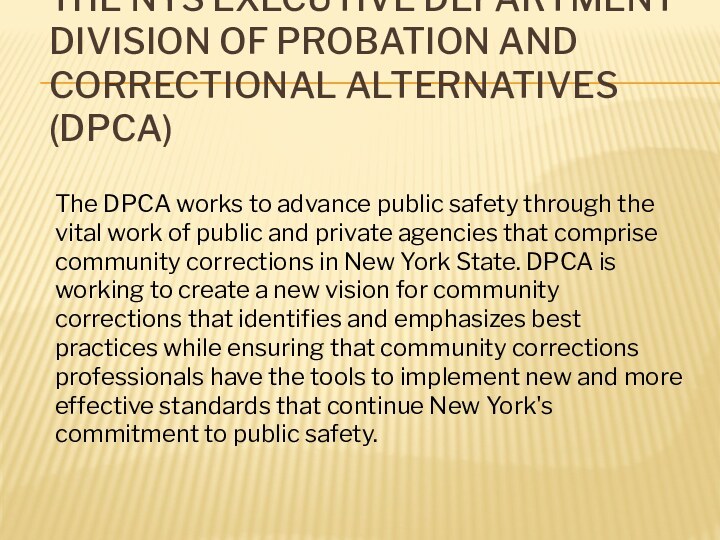

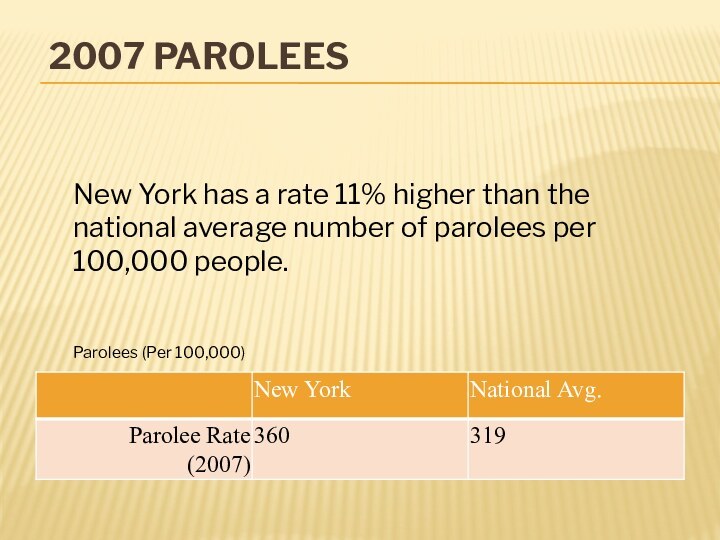

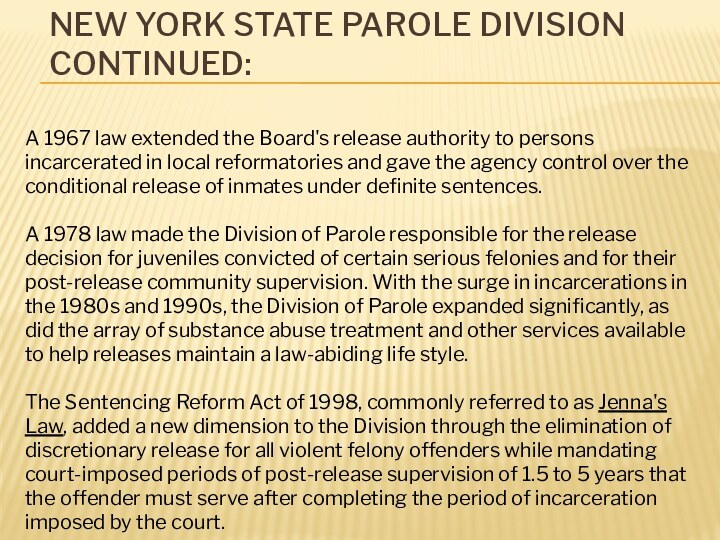
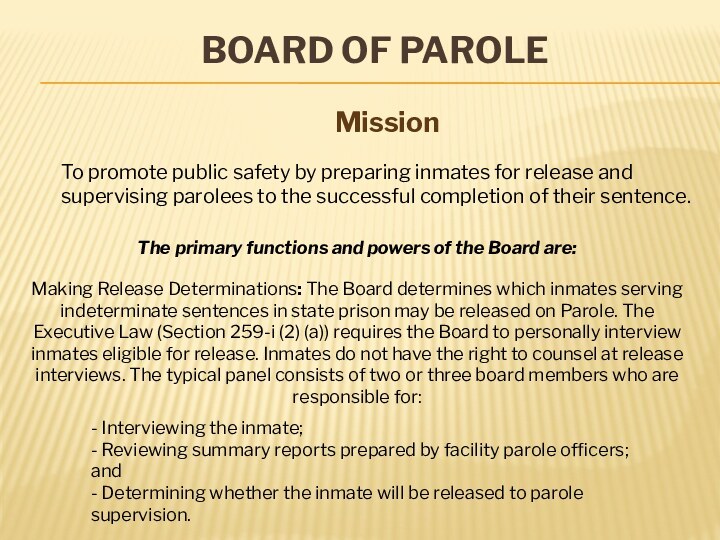
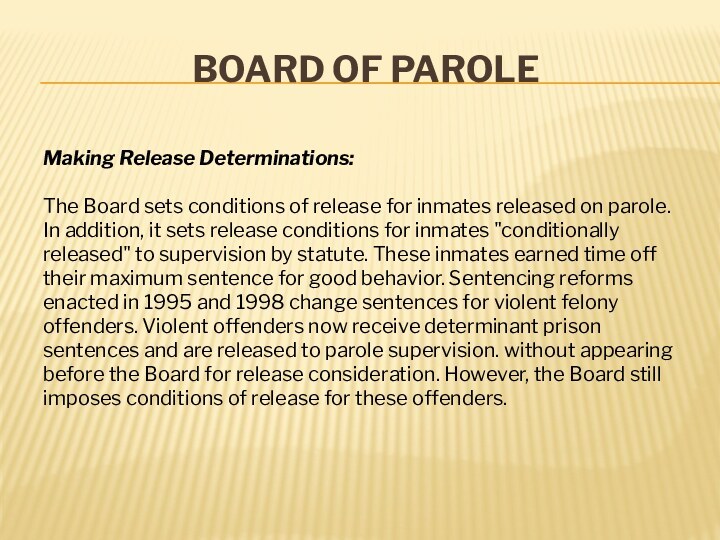
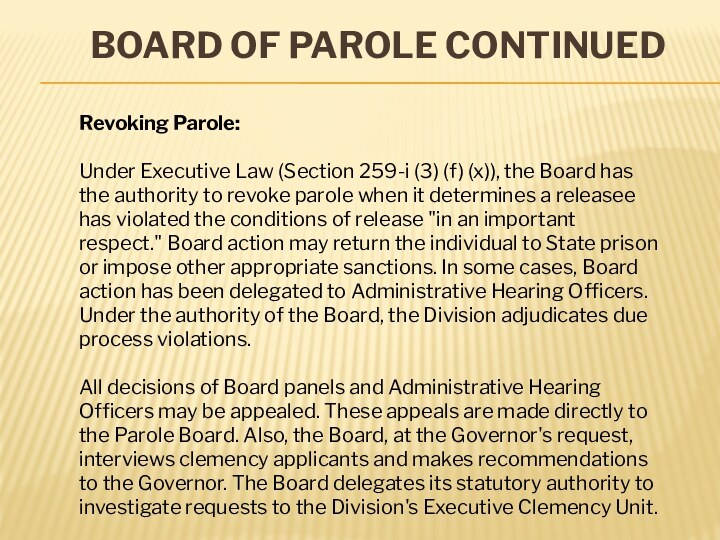
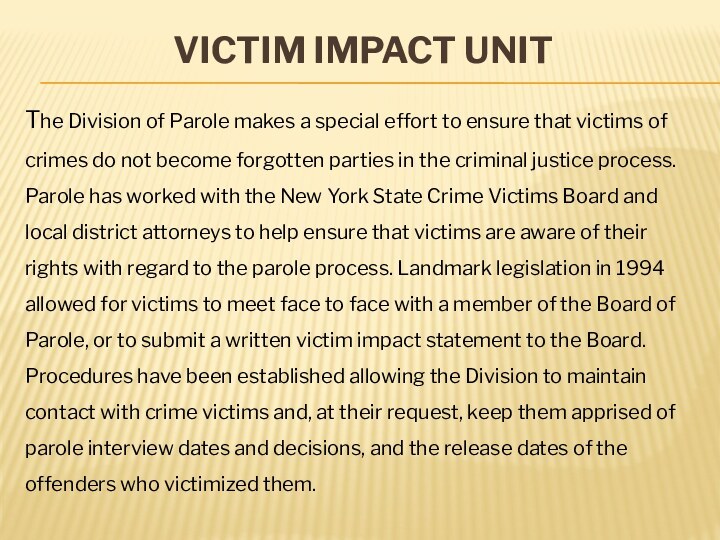
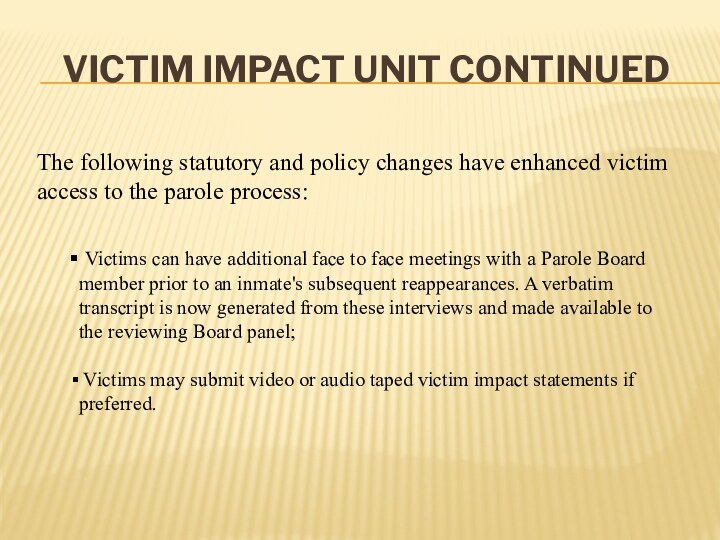
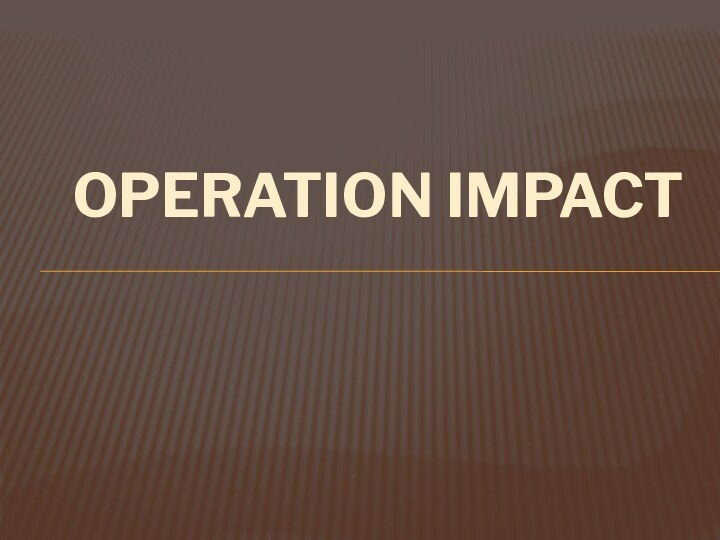

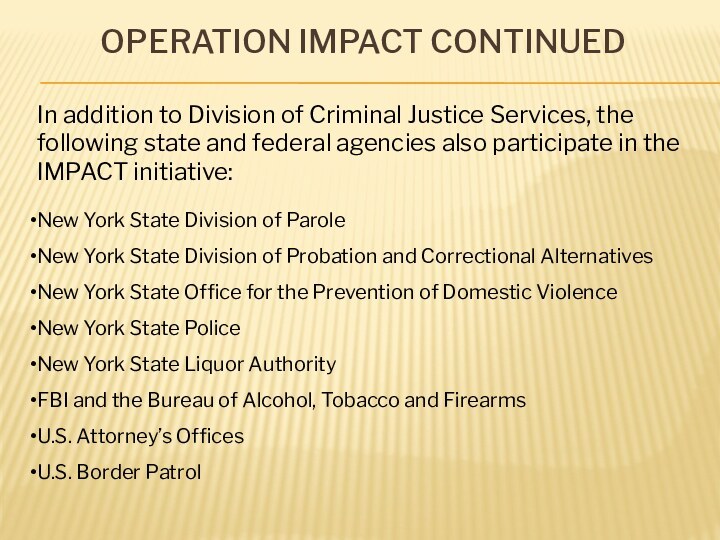
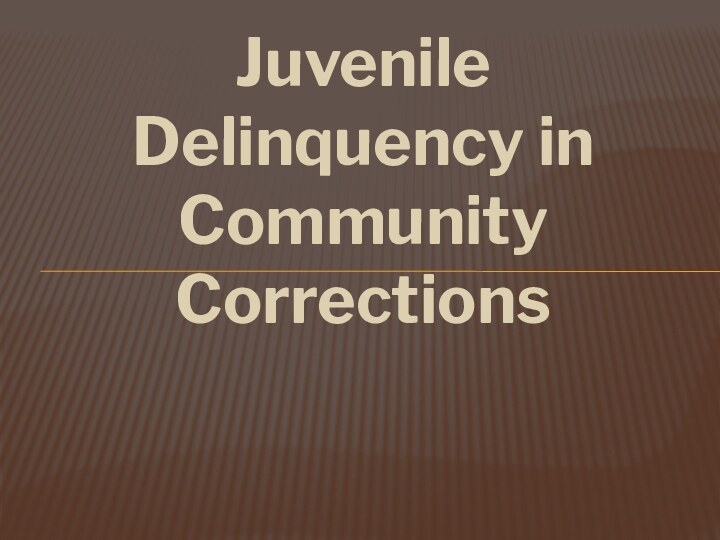
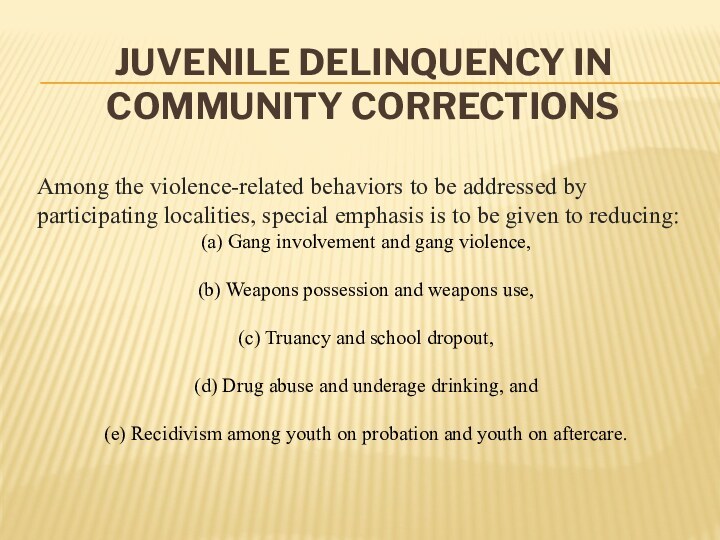
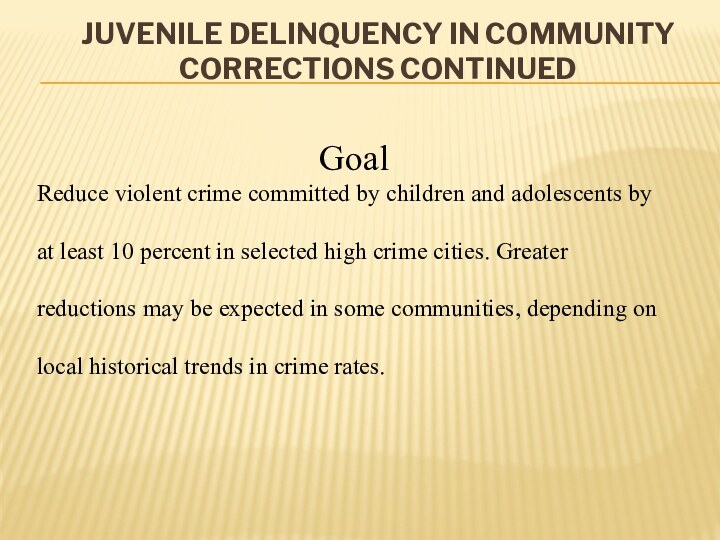
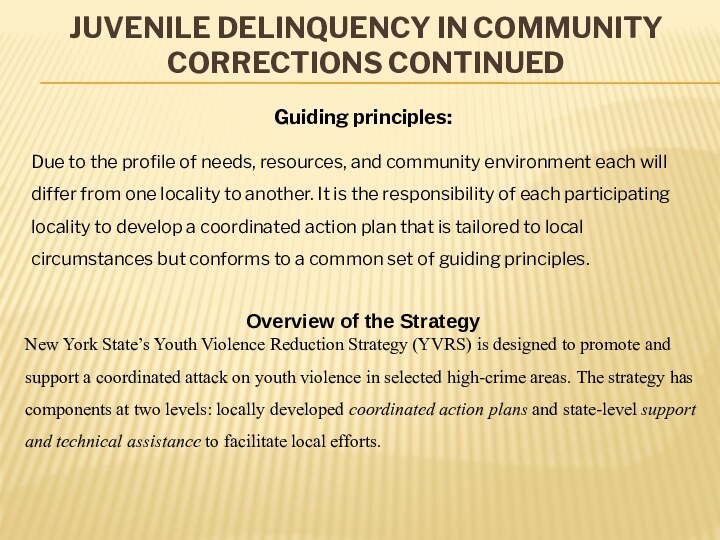
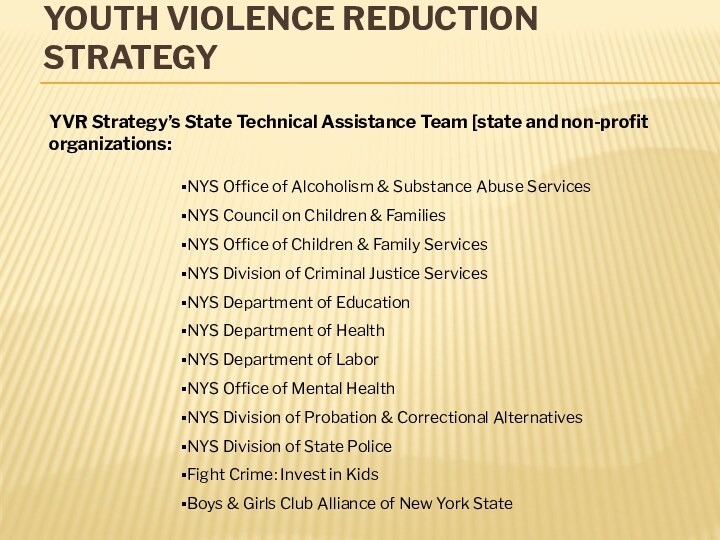
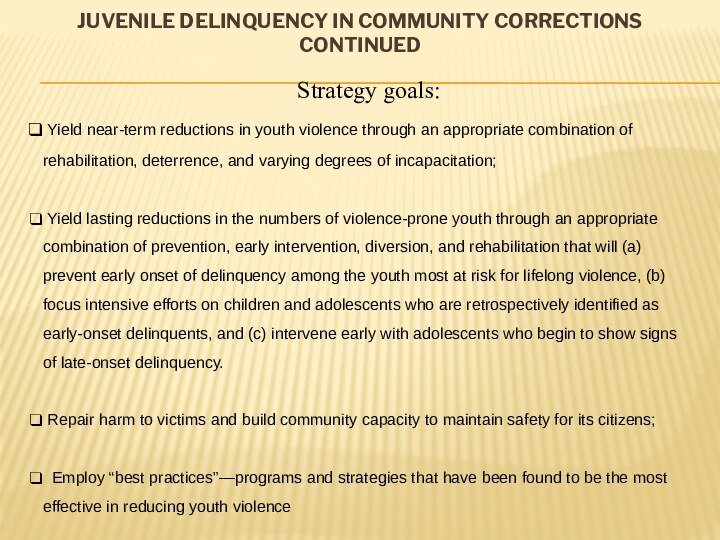
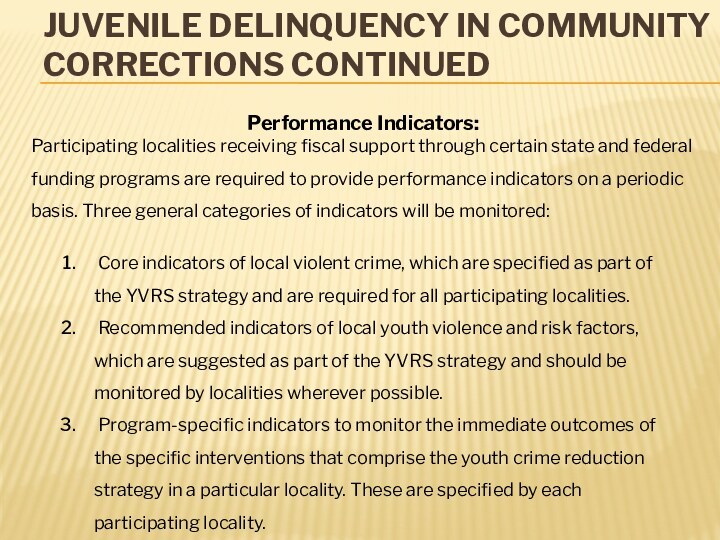

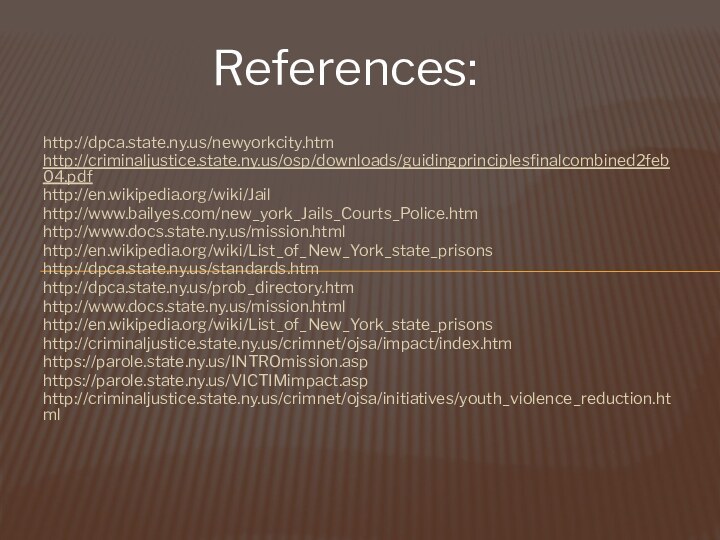
Слайд 3 In this presentation I plan to inform you
about the state of New York and their Criminal
Justice Systems.This presentation will be divided into two sectors: Institutional corrections and Community based corrections.
Presentation Format
Слайд 4
Population:
As of 2006, New York was the third
largest state in population after California and Texas with
an estimated population of 19,490,297 as of July 1, 2008.
Слайд 5
New York State is a leading destination for
international immigration. New York City and its eight suburban
counties (excluding those in New Jersey, Connecticut, and Pennsylvania) have a combined population of 13,209,006 people, or 68.42% of the state's population.New Yorkers live in the safest large state in the nation, and the fifth safest overall, behind only a handful of relatively small states. Over the past 16 years, the crime rate in New York State has decreased 61 percent, and violent crime is down 63 percent.
INTRODUCTION:
Слайд 6
Racial, Religion and Ancestral Makeup
The major ancestry groups
in New York State are African American (15.8%), Italian
(14.4%), Irish (12.9%), and German (11.1%).According to a 2004 estimate, 20.4% of the population is foreign-born.
Catholics comprise more than 40% of the population in New York. Protestants are 30% of the population, Jews 8.4%, Muslims 3.5%, Buddhists 1%, and 13% claim no religious affiliation.
Слайд 7
The largest city in the state and the
most populous city in the United States is New
York City, which comprises five counties, the Bronx, New York (Manhattan), Queens, Kings (Brooklyn), and Richmond (Staten Island). New York City is home to more than two-fifths of the state's population.
The ten largest cities in New York are:
New York City (8,274,527)
Buffalo (279,745)
Rochester (211,091)
Yonkers (196,425)
Syracuse (141,683)
Albany (93,523)
New Rochelle (72,967)
Mount Vernon (67,924)
Schenectady (61,280)
Utica (59,336)
Cities and towns:
Слайд 8
2007 Crime Rate for New York
The crime
rate in New York is about 36% lower than
the national average rate.Property crimes account for around 82.7% of the crime rate in New York which is 39% lower than the national rate.
The remaining 11.1% are violent crimes and are about 11% lower than other states.
Слайд 11
Incarceration population and costs:
2004 Corrections Population
New York
has 282,215 adults under correctional supervision (prisons, jails, probation,
and parole). The supervision rate (number of offenders per 100,000 people) is about 25% lower than the national rate.2001 Taxpayer Cost Taxpayers paid 35% higher than the other states per inmate in 2001. Cost Per Inmate (2001) $36,835 versus $24,052
Слайд 12
New York Jails:
A Jail is a correctional
institution used to detain persons who are in the
lawful custody of the state. This includes either accused persons awaiting trial or for those who have been convicted of a crime and are serving a sentence of less than one year.Jails are generally small penitentiaries run by individual counties and cities, though some jails in larger communities may be as large and hold as many inmates as regular prisons.
Слайд 17
New York State Prisons:
The New York State
Department of Correctional Services, guided by the Departmental Mission,
is responsible for the confinement and habilitation of approximately 60,000 inmates held at 68 state correctional facilities plus the 916-bed Willard Drug Treatment Campus and the 100-bed Edgecombe Residential Treatment Facility.
Слайд 20
The Departmental Mission
Vision
Enhance public safety by having incarcerated
persons return home less likely to revert to criminal
behavior. Mission Statement Enhance public safety by providing appropriate treatment services, in safe and secure facilities, that address the needs of all inmates so they can return to their communities better prepared to lead successful and crime-free lives.
Слайд 21
Create and maintain an atmosphere where both inmates
and staff feel secure.
Develop and implement positive individualized
treatment plans for each inmate. Teach inmates the need for discipline and respect, and the importance of a mature understanding of a work ethic.
Assist staff by providing the training and tools needed to perform their duties while enhancing their skills.
Offer career development opportunities for all staff.
Prison Goals:
Слайд 22
Operate with ethical behavior.
Recognize the value of
each person.
Protect human dignity.
Offer leadership and support
to all. Offer respect and structure at all times.
Prison Values:
Слайд 23
Offer opportunities for inmates to improve all
their skills, and to receive individual treatment services, based
on their ability and willingness to participate.Provide appropriate medical and psychiatric services necessary to those requiring such treatment so each inmate can maximize his/her own rehabilitation.
Enhance positive relationships by providing opportunities for interaction between inmates and their families.
Establish a structured environment that fosters respect through disciplined learning.
Prison Policies:
Слайд 24
Programs in Correctional Facilities
Overall Program Units:
Correctional Industries
Education
(Academic)
Education (Vocational)
Guidance and Counseling
Division of Hispanic
and Cultural Affairs Library Services
Ministerial, Family and Volunteer Services
Resource Management
Special Subjects
Substance Abuse Treatment Services
Temporary Release
Transitional Services Program
Слайд 26
Treatment and Counseling Programs:
Earned Eligibility/Merit Time/Presumptive Release Program
Group Counseling Program
Incarcerated Veterans Program
Sex Offender Counseling
and Treatment Program
Слайд 27
Substance Abuse Treatment Services:
Alcohol and Substance Abuse Treatment
Programs (ASAT)
Assessment and Program Preparation Unit (APPU) MICA/ASAT
Program Behavioral Health Unit (BHU) Mentally Ill/Chemically Addicted (MICA) ASAT
Chemical Dependency/Domestic Violence Program (CD/DV)
Clean Start (ASAT)
Comprehensive Alcohol and Substance Abuse Treatment Program (CASAT)
Driving While Intoxicated (DWI) Treatment Program
Female Trauma Recovery (FTR) Program
Intermediate Care Program Mentally Ill/Chemically Addicted (MICA) ASAT Program
Слайд 28
Substance Abuse Treatment Services:
Mentally Ill/Chemically Addicted (MICA) Residential
ASAT (General Confinement)
Nursery Mothers Alcohol and Substance Abuse
Treatment Program Regional Medical Unit (RMU) ASAT Program
Returned Parole Violators (RPV) ASAT Program
Relapse Treatment Program
Residential Substance Abuse Treatment Program (RSAT)
Sensorially Disabled Unit (SDU) ASAT Program
Special Housing Unit (SHU) Pre-Treatment Workbook Program
Special Needs Unit (SNU)
Specialized Treatment Program (STP) Mentally Ill/Chemically Addicted (MICA) Pre-Treatment Program
Слайд 29
Educational Programs:
Academic Outreach (Cell Study)
Adult Basic Education
Bilingual Program
Certificate in Ministry and Human Services
College
Programs General Education Development (GED)
Masters of Professional Studies
Special Education Program
Title I Program
Слайд 30
Vocational Educational Programs:
Air Conditioning, Refrigeration and
Heating
Appliance Repair
Auto Mechanics
Barbering
Braille Transcription &
Large Print Building Maintenance
Cabinetmaking
Carpentry
Closed System Educational Television
Commercial Arts
Computer Operator
Computer Repair
Cosmetology
Custodial Maintenance
Drafting
Electrical Trades
Floor Covering
Food Service
General Business
Horse Handling and Care
Horticulture
Introduction to Technology
Machine Shop
Masonry
Painting
Plumbing and Heating
Printing
Puppies Behind Bars
Radio and Television Repair
Sheltered Workshop
Small Engine Repair
Upholstery
Vocational Assessment
Welding
Youth Offender Grant
Слайд 31
Ministerial, Family and Volunteer Services
Children's Play Areas
Family
Reunion Program
Family Services Programs
Family Visiting (Free Bus)
Program Ministerial Services
Visitor Hospitality Centers
Volunteer Services Programs
Art/Handicrafts and Music Recreation
Слайд 32 The “Prison Industry” Consists of the following Correctional
Industries:
General Description
Abatement Services
Cast Aluminum Foundry
Cleaning and
Personal Care Products Construction/Modular Buildings
Document Conversion
Engraved Sign
Furniture Manufacturing
Garment Manufacturing
Industrial Training Program
License Plate Shop
Mattress Manufacturing
Metal Furniture Manufacturing
Metal Shop
Optical Shop
Paint Brush and Roller Cover Shop
Printing Plant
Sign and Silk Screen Shop
Telephone Customer Service
Upholstery
Слайд 33
Transitional Services Programs
Assist the offender while integrating
back into the community following incarceration. Services Include:
Aggression Replacement Training (ART) Program Community Lifestyles
Inmate Program Associate Program
Job Development
Network Program
Transitional Services Program
Слайд 34
New York Federal Prisons:
Metropolitan Correctional Center, New
York -- New York, New York
Metropolitan Detention
Center, Brooklyn -- Brooklyn, New York There are two Federal Prisons located in New York. The two prisons are:
Слайд 36
New York’s Community Services in Profile:
The community corrections
system in New York is a typical “front-end” system
that serves courts by processing felons and misdemeanants from pre-trial release through sentence after conviction by plea or trial. It also supervises nearly 200,000 offenders under probation supervision. The system involves 58 local probation departments, including departments for each county in upstate New York and Long Island and one department for the five boroughs of New York City’s Staffing, which varies from over 1,000 peace officers in New York City to only two in rural Hamilton County.
Each department provides adult and family court services, with core functions in both the criminal and family court arena for intake, investigation, and supervision services.
Слайд 37
New York’s Community Services in Profile:
There are
170 specialized alternatives-to-incarceration programs, providing pre-trial release, community service,
defender-based advocacy, and services for unique populations.Approximately $90 million in state funding supports these functions’. During 1997, New York State had over 300,000 convictions. Approximately one-third of these offenders were incarcerated in state and local facilities. More than 183,000 offenders were under probation supervision throughout the state.
Also in 1997, probation departments across the state conducted more than 90,000 regular presentence investigations. An additional 87,000 special investigations included pre-plea investigation, juvenile delinquency investigations, custody investigations, and the like.
Слайд 38
To prevent crime and enforce the law:
To
protect people and property.
To prevent and detect crime
and other violations of law, pursue criminal investigations and arrest criminals. To ensure highway safety:
To make our roads safe for all users.
To reduce the deaths, injuries and property damage caused by motor vehicle accidents through vehicle and traffic enforcement and education.
To render general assistance:
To render assistance to all in need and protect citizens and their property from harm.
To assist citizens in resolving problems in partnership with other service providers.
Police Department Mission Priorities:
Слайд 39
Police Department Mission Priorities continued:
To promote peace and
order:
To provide disorder control and security in all
types of natural and man-made emergencies. To provide for the safety and security of individuals and groups of citizens in furtherance of their rights, duties and responsibilities.
To provide high quality support:
To provide our members with the highest quality support services in an efficient manner.
To support others by creating partnerships for safety and security with individuals, groups and communities throughout the state.
Слайд 40
The New York State Police
Serving since 1917
Vision:
To build on our tradition of service.
Mission: To serve,
protect and defend the people while preserving the rights and dignity of all.Values:
Integrity: To live and work in accordance with high ethical standards.
Respect: To treat people fairly while safeguarding their rights.
Customer Service: To ensure that everyone we meet receives dedicated and conscientious service.
Continuous Improvement and Learning: To constantly improve ourselves and our organization.
Leadership: To inspire, influence and support others in our organization and communities.
Слайд 41
Objectives of Community Based Corrections Programs
Integrating automated case
management with risk, need and asset assessment
Standardizing
the assessment of probationer risks and needs to ensure that community corrections services are directed to the population that poses the greatest risk to public safety Improving probation case management and reporting
Providing technology-based technical assistance
Achieving a data harvest through a state-local automation effort to achieve real-time information
Enhancing communication among community corrections professionals and agencies
Promoting the use of alternatives to incarceration when consistent with public safety
Deploying mandated and requested training developed through research
Слайд 42
Directory of Alternatives to Incarceration (ATI) Programs
Alternatives to
Incarceration (ATI) programs vary by counties in New York.
Each county offers different alternatives to incarceration depending on the size, resources, and funding . Some examples of ATI programs offered are:Treatment Alternatives for Safer Communities (TASC)
NYS Pretrial Release Services
Electronic Monitoring
Community Service
Слайд 43 Examples of Directory of Alternatives to Incarceration (ATI)
Programs:
NYC CENTER FOR ALTERNATIVE SENTENCING AND EMPLOYMENT SERVICES (CASES)
Supervising
Agency : Center for Alternative Sentencing & Employment Services
Beginning in 1989, this agency's services have been assessment, community service, court advocacy, counseling, educational services, enhanced information service, field supervision, intensive supervision, job placement assistance, relapse prevention, recreational services, residential services and supervision. Target populations are first time felony offenders, usually between 16-21 years of age, or repeat misdemeanant offenders who are jail bound.
Слайд 44 Examples of Directory of Alternatives to Incarceration (ATI)
Programs Continued:
NYC CROSSROADS
Supervising Agency :
Center for Community Alternatives
Crossroads is a comprehensive day treatment program for women with substance abuse problems and serves as an alternative to incarceration. Women are involved in the program for one year. In addition to treatment, including acupuncture and counseling, each woman is assigned to a case manager who is available to assist clients with family and other issues such as housing, economic support, health and medical services.
Слайд 45 Examples of Directory of Alternatives to Incarceration (ATI)
Programs Continued:
NYC FORTUNE SOCIETY DAMAS
Supervising Agency:
The Fortune Society,
Inc.
JoAnne Page, Executive DirectorThis project promotes public safety by providing a day treatment service as an intermediate sanction for female offenders who would likely spend six months or more in jail. This program provides outpatient drug treatment services for a city-wide population of seventy five female felony offenders, 18 years or older, who are substance abusers. This alternative to incarceration program is 6 to 12 months in duration. Selected women must have a willingness to participate in the program and a stable residence in a drug-free household. This day treatment modality utilizes cognitive, behavioral, reality group and individual therapy, as well as fundamental elements of Alcoholics Anonymous and Narcotics Anonymous Twelve Step strategies.
Слайд 46 Examples of Directory of Alternatives to Incarceration (ATI)
Programs Continued:
NYC KINGS COUNTY JUVENILE OFFENDER PROGRAM
Supervising Agency :
NYC
Probation Department
Martin F. Horn, Commissioner
This program began operation in 1986. Agency services are primarily intensive supervision, court ordered restrictions, counseling, educational services, housing assistance, job placement assistance, recreational and rehabilitation services for juvenile offenders.
Слайд 47 Examples of Directory of Alternatives to Incarceration (ATI)
Programs Continued:
NEW YORK CITY TASC
Supervising Agency:
Education and Assistance
Corp.
Lance W. Elder, President and CEO New York City TASC operates in Kings, Queens, Bronx and Richmond Counties as an alternative to incarceration for nonviolent substance abusers. The program works with misdemeanants, predicate and non-predicate felony offenders who are eligible for release to treatment.
Слайд 48 According to the 2007 NYS Division of Probation
and Correctional Services
PROBATION:
There are 58 probation districts in the
state of New York. BOARD OF PAROLE:
The Board of Parole consists of up to 19 members. Each member is appointed by the Governor and confirmed by the Senate for a six-year term. One member is designated by the Governor to serve as Chairman and Chief Executive Officer of the Division.
PROJECT IMAPCT:
New York has a program called: Project IMPACT which is designed and used to extend the key principles – such as intelligence-based policing, partnerships among law enforcement agencies and timely use of accurate crime data – to suburban and rural areas so they can identify trends and develop and implement effective strategies to tackle violent and drug crimes that tear at the fabric of their communities.
Слайд 50
2007 Probationers
New York has a rate 57%
lower than the national average number of probationers per
100,000 people.Probationers (Per 100,000)
Слайд 51 The NYS Executive Department Division of Probation and
Correctional Alternatives (DPCA)
The DPCA works to advance public
safety through the vital work of public and private agencies that comprise community corrections in New York State. DPCA is working to create a new vision for community corrections that identifies and emphasizes best practices while ensuring that community corrections professionals have the tools to implement new and more effective standards that continue New York's commitment to public safety.
Слайд 53
2007 Parolees
New York has a rate 11%
higher than the national average number of parolees per
100,000 people.Parolees (Per 100,000)
Слайд 54
New York state Parole division:
In 1817, the nation's
first "good time" law, rewarding prison inmates with time
off their period of imprisonment for good behavior, was approved in New York State.In 1876, New York State passed a system of "indeterminate" sentences setting a minimum and maximum term and permitting parole release of those who had served the minimum; those selected by prison officials for parole were required to report monthly to citizen volunteers known as "Guardians.“
On July 1, 1930, the Division of Parole was established in the Executive Department. A full-time Board of Parole was created within the Division and given the responsibility, formerly held by the Department of Corrections, for decisions on parole releases from prisons. Jurisdiction over releases from training schools and correctional institutions for mentally disabled prisoners was added to the Parole Board's authority in 1945.
Слайд 55
New York state Parole division continued:
A 1967 law
extended the Board's release authority to persons incarcerated in
local reformatories and gave the agency control over the conditional release of inmates under definite sentences.A 1978 law made the Division of Parole responsible for the release decision for juveniles convicted of certain serious felonies and for their post-release community supervision. With the surge in incarcerations in the 1980s and 1990s, the Division of Parole expanded significantly, as did the array of substance abuse treatment and other services available to help releases maintain a law-abiding life style.
The Sentencing Reform Act of 1998, commonly referred to as Jenna's Law, added a new dimension to the Division through the elimination of discretionary release for all violent felony offenders while mandating court-imposed periods of post-release supervision of 1.5 to 5 years that the offender must serve after completing the period of incarceration imposed by the court.
Слайд 56
Board of Parole
The primary functions and powers of
the Board are:
Making Release Determinations: The Board determines which
inmates serving indeterminate sentences in state prison may be released on Parole. The Executive Law (Section 259-i (2) (a)) requires the Board to personally interview inmates eligible for release. Inmates do not have the right to counsel at release interviews. The typical panel consists of two or three board members who are responsible for:
Mission
To promote public safety by preparing inmates for release and supervising parolees to the successful completion of their sentence.
- Interviewing the inmate;
- Reviewing summary reports prepared by facility parole officers; and
- Determining whether the inmate will be released to parole supervision.
Слайд 57
Board of Parole
Making Release Determinations:
The Board sets
conditions of release for inmates released on parole. In
addition, it sets release conditions for inmates "conditionally released" to supervision by statute. These inmates earned time off their maximum sentence for good behavior. Sentencing reforms enacted in 1995 and 1998 change sentences for violent felony offenders. Violent offenders now receive determinant prison sentences and are released to parole supervision. without appearing before the Board for release consideration. However, the Board still imposes conditions of release for these offenders.
Слайд 58
Board of Parole continued
Revoking Parole:
Under Executive Law
(Section 259-i (3) (f) (x)), the Board has the
authority to revoke parole when it determines a releasee has violated the conditions of release "in an important respect." Board action may return the individual to State prison or impose other appropriate sanctions. In some cases, Board action has been delegated to Administrative Hearing Officers. Under the authority of the Board, the Division adjudicates due process violations.All decisions of Board panels and Administrative Hearing Officers may be appealed. These appeals are made directly to the Parole Board. Also, the Board, at the Governor's request, interviews clemency applicants and makes recommendations to the Governor. The Board delegates its statutory authority to investigate requests to the Division's Executive Clemency Unit.
Слайд 59
Victim Impact Unit
The Division of Parole makes a
special effort to ensure that victims of crimes do
not become forgotten parties in the criminal justice process. Parole has worked with the New York State Crime Victims Board and local district attorneys to help ensure that victims are aware of their rights with regard to the parole process. Landmark legislation in 1994 allowed for victims to meet face to face with a member of the Board of Parole, or to submit a written victim impact statement to the Board. Procedures have been established allowing the Division to maintain contact with crime victims and, at their request, keep them apprised of parole interview dates and decisions, and the release dates of the offenders who victimized them.
Слайд 60
Victim Impact Unit continued
Victims can have additional
face to face meetings with a Parole Board member
prior to an inmate's subsequent reappearances. A verbatim transcript is now generated from these interviews and made available to the reviewing Board panel;Victims may submit video or audio taped victim impact statements if preferred.
The following statutory and policy changes have enhanced victim access to the parole process:
Слайд 62
Operation IMPACT
Operation IMPACT – an initiative of the
New York State Division of Criminal Justice Services –
supports strategic crime-fighting and violence reduction initiatives in the 17 counties outside of New York City that account for 80 percent of the crime upstate and on Long Island.Key principles of Operation IMPACT include:
Information sharing and partnerships among law enforcement agencies
Intelligence-based policing
Timely use of accurate crime data
Involvement of community organizations
The following counties participate in Operation IMPACT: Albany, Broome, Chautauqua, Dutchess, Erie, Monroe, Nassau, Niagara, Oneida, Onondaga, Orange, Rensselaer, Rockland, Schenectady, Suffolk, Ulster and Westchester.
Слайд 63
Operation Impact continued
In addition to Division of Criminal
Justice Services, the following state and federal agencies also
participate in the IMPACT initiative:New York State Division of Parole
New York State Division of Probation and Correctional Alternatives
New York State Office for the Prevention of Domestic Violence
New York State Police
New York State Liquor Authority
FBI and the Bureau of Alcohol, Tobacco and Firearms
U.S. Attorney’s Offices
U.S. Border Patrol
Слайд 65
Juvenile Delinquency in community corrections
Among the violence-related behaviors
to be addressed by participating localities, special emphasis is
to be given to reducing:(a) Gang involvement and gang violence,
(b) Weapons possession and weapons use,
(c) Truancy and school dropout,
(d) Drug abuse and underage drinking, and
(e) Recidivism among youth on probation and youth on aftercare.
Слайд 66
Juvenile Delinquency in community corrections continued
Goal
Reduce violent crime
committed by children and adolescents by at least 10
percent in selected high crime cities. Greater reductions may be expected in some communities, depending on local historical trends in crime rates.
Слайд 67
Juvenile Delinquency in community corrections continued
Overview of the
Strategy
New York State’s Youth Violence Reduction Strategy (YVRS) is
designed to promote and support a coordinated attack on youth violence in selected high-crime areas. The strategy has components at two levels: locally developed coordinated action plans and state-level support and technical assistance to facilitate local efforts. Guiding principles:
Due to the profile of needs, resources, and community environment each will differ from one locality to another. It is the responsibility of each participating locality to develop a coordinated action plan that is tailored to local circumstances but conforms to a common set of guiding principles.
Слайд 68
Youth Violence Reduction Strategy
NYS Office of Alcoholism &
Substance Abuse Services
NYS Council on Children & Families
NYS Office of Children & Family Services
NYS Division of Criminal Justice Services
NYS Department of Education
NYS Department of Health
NYS Department of Labor
NYS Office of Mental Health
NYS Division of Probation & Correctional Alternatives
NYS Division of State Police
Fight Crime: Invest in Kids
Boys & Girls Club Alliance of New York State
YVR Strategy’s State Technical Assistance Team [state and non-profit organizations:
Слайд 69
Juvenile Delinquency in community corrections continued
Strategy goals:
Yield near-term reductions in youth violence through an appropriate
combination of rehabilitation, deterrence, and varying degrees of incapacitation;Yield lasting reductions in the numbers of violence-prone youth through an appropriate
combination of prevention, early intervention, diversion, and rehabilitation that will (a) prevent early onset of delinquency among the youth most at risk for lifelong violence, (b) focus intensive efforts on children and adolescents who are retrospectively identified as early-onset delinquents, and (c) intervene early with adolescents who begin to show signs of late-onset delinquency.
Repair harm to victims and build community capacity to maintain safety for its citizens;
Employ “best practices”—programs and strategies that have been found to be the most effective in reducing youth violence
Слайд 70
Juvenile Delinquency in community corrections continued
Performance Indicators:
Participating localities
receiving fiscal support through certain state and federal funding
programs are required to provide performance indicators on a periodic basis. Three general categories of indicators will be monitored: Core indicators of local violent crime, which are specified as part of the YVRS strategy and are required for all participating localities.
Recommended indicators of local youth violence and risk factors, which are suggested as part of the YVRS strategy and should be monitored by localities wherever possible.
Program-specific indicators to monitor the immediate outcomes of the specific interventions that comprise the youth crime reduction strategy in a particular locality. These are specified by each participating locality.












